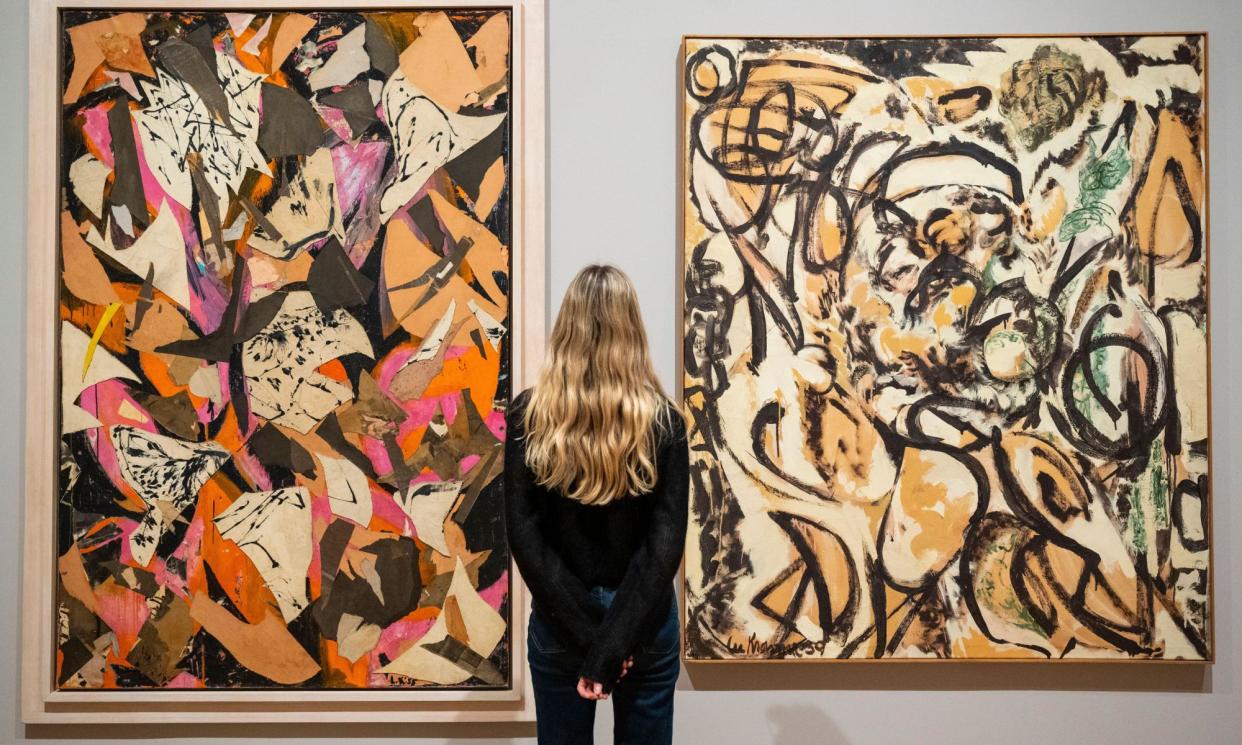One vision, 4000 artists and a country transformed: why the next British PM must copy Roosevelt

In the decade of economic depression after the Wall Street crash, US President Franklin D Roosevelt took a chance. Having come to office in 1933, he implemented a new programme to help revive the economy. This New Deal included the Works Progress Administration’s Federal Arts Project, a scheme that employed about 4,000 artists – many of whom would have otherwise been forced to quit their careers – and paid them a weekly salary. In return, he asked artists to use their skills to contribute to society: reviving buildings and public spaces, enhancing infrastructure projects and making work that captured the essence of the era.
In the words of Roosevelt, it provided artists with a “practical relief project”. On the payroll was Alice Neel, the great painter of everyday people who weren’t so everyday, and subject of a major Barbican exhibition in London last year. Neel earned her salary by painting street scenes as well as political and cultural leaders. “To participate in the WPA,” she said, “and to see what was going on around you, made you more aware of reality.”
Krasner’s first task was drawing fossils for a government-funded book
It was also essential in encouraging artistic communities to thrive, such as the Harlem Renaissance, currently the subject of a big show at The Met in New York. The WPA funded the Harlem Community Art Center in 1937, spearheaded by Augusta Savage and launching the careers of Jacob Lawrence and Gwendolyn Knight. Artists were also employed to paint murals, one of the most memorable being Aaron Douglas’s Aspects of Negro Life: From Slavery Through Reconstruction for the Schomburg Center for Research in Black Culture, also in New York.
Crucially, the government-funded scheme paid artists equally, regardless of gender or race. Perhaps this was the only time in the entire course of western art history that artists of different genders were valued the same, monetarily anyway. A vast difference to today: on average a woman’s work is sold for a 10th of the price of a man’s. But it also meant there was a way in for those with no artistic connections, or from working-class backgrounds, such as Lee Krasner, who went on to have a huge impact.
Born in 1908 to an Orthodox Jewish immigrant family in Brooklyn, Krasner dreamed of becoming an artist as a child. She travelled from Brooklyn to Manhattan each day to attend the only high school that offered art education for girls but, after taking up a place at the prestigious National Academy of Design, was forced to drop out in 1932 due to financial insecurity caused by the Great Depression.
Her only hope was the WPA. At first, she was tasked with drawing fossils for a government-funded book about rocks, but moved on to murals on municipal buildings. Because of her stipend, she could make art full time, and through the scheme met more artists than ever – including her husband, Jackson Pollock. He also began his career as a WPA artist, going on to massively shape US art and culture. This couple are the subject of a new podcast I have hosted, Death of an Artist: Krasner and Pollock.
What became clear was how valuable it was to give artists financial stability. For context, the WPA collectively saw more than 100,000 paintings and murals created, and 18,000 sculptures in public buildings across 48 states. Inspired by this, Krasner left in her will grants to support artists. Now known as the Pollock-Krasner Foundation, it has provided more than $84m to 5,000 artists and organisations since 1985. It is still growing today.
As we get closer to the UK general election, it is important to reflect on arts funding in the last decade or so of Tory rule. Arts Council England’s funding was cut by 30%, and local authorities have had their arts budgets slashed by almost half, too.
This government’s lack of interest in championing the arts, and its failing to understand their benefits, are incredibly alarming. The arts enrich every aspect of society. They improve our emotional wellbeing, attract tourism and fuel long-term economic growth. (In 2022, the American art market brought in $30bn.) At present, only 12% of artists living in London can support themselves solely through art, so pursuing such a career is extremely difficult for working-class people. Roosevelt showed what can happen if all artists are acknowledged, valued and seen as key contributors to society.
Tracey Emin, like Krasner, had a working-class background. But Emin benefited from a free art-school education – and now supports artists with studios and residencies at TKE Studios in Margate, as well as apprenticeships for young chefs at the seaside town’s training kitchen and cafe The Perfect Place to Grow.
If the New Deal could be implemented during such dark times, surely it can be implemented now. Let’s hope whoever wins the election next month will have the imagination, vision and courage of Roosevelt.

 Yahoo News
Yahoo News 
